Olmec rubber balls preserved with anoxia technology [View all]
Last edited Wed Sep 17, 2025, 01:54 PM - Edit history (1)
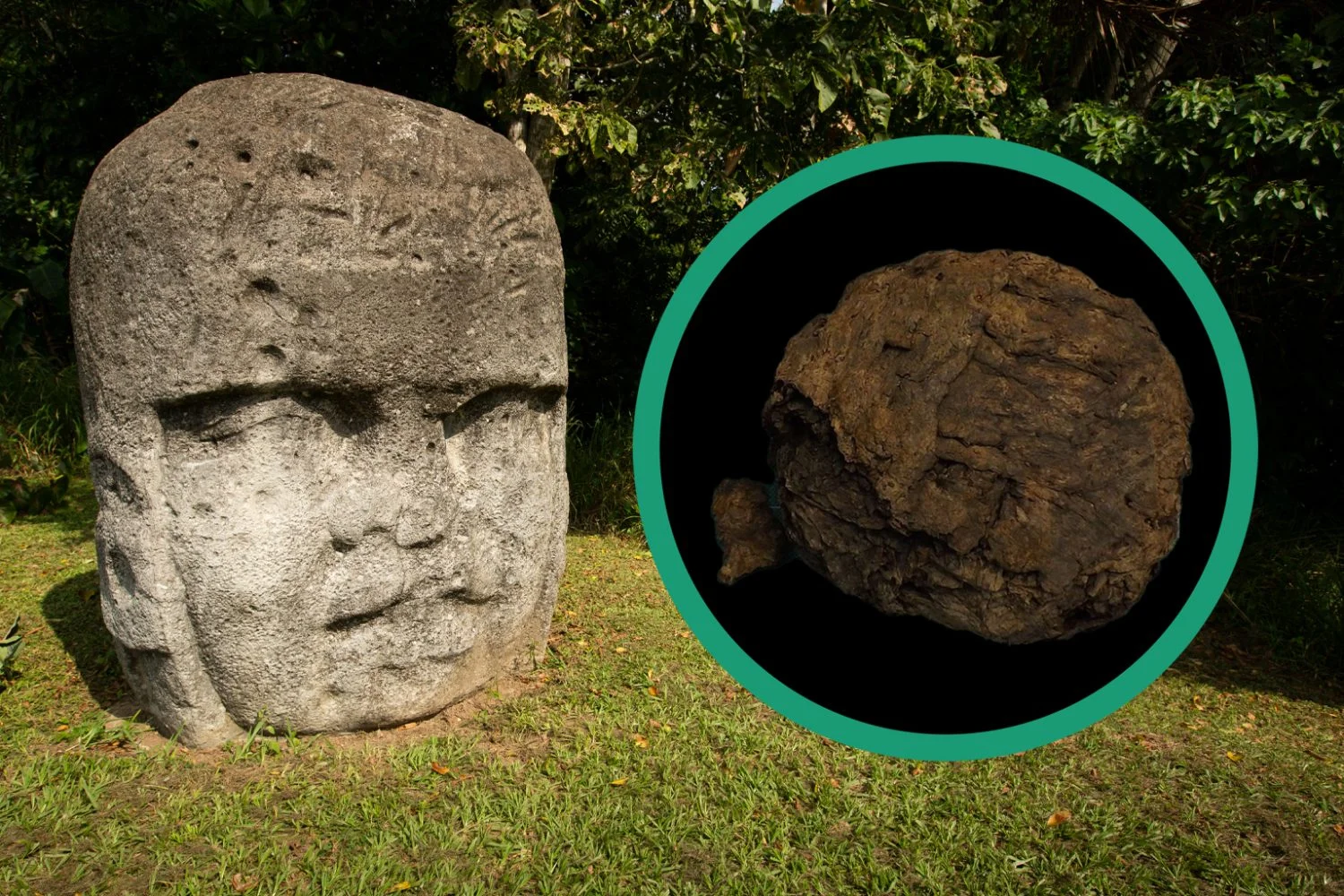
By:
Mark Milligan
Date:
September 16, 2025
Researchers from the National Institute of Anthropology and History (INAH) have developed a new anoxia technique to preserve ancient Olmec rubber balls found in southern Veracruz.
The Olmec are the earliest known Mesoamerican civilisation (also referred to as the “mother culture” of Mesoamerica). The name ‘Olmec’ comes from the Nahuatl word: Ōlmēcatl or Ōlmēcah, meaning ‘rubber people’.
The Olmec civilisation emerged in the present-day Mexican states of Veracruz and Tabasco during Mesoamerica’s formative period (1800 to 900 BC), with the subsequent periods being defined as the Middle Formative (900 to 400 BC), and the Late Formative (400 BC to AD 200).
The best-known facets of the Olmec civilisation are massive, helmeted stone heads, as well as rubber balls made from latex extracted from rubber trees for use in ceremonial ball games.
In a recent announcement by INAH, researchers have developed a new anoxia technique to preserve 14 rubber balls discovered during the late 1980’s at El Manatí, the site of a sacred Olmec sacrificial bog that dates from between 1600 BC to 1200 BC.
El Manatí is located at the foot of Cerro Manatí, some 15 km (9.3 mi) southeast of the major Olmec centre of San Lorenzo Tenochtitlán.
According to INAH: “Each rubber ball has a different circumference and weight, ranging from 4.9 centimetres in diameter to 33 centimetres, and from 180 grams to 4.8 kilograms. It has been determined that the balls are made of a polymer extracted from the Castilla elastica plant, a tropical species once common in Mesoamerica.”
More:
https://www.heritagedaily.com/2025/09/olmec-rubber-balls-preserved-with-anoxia-technology/155976
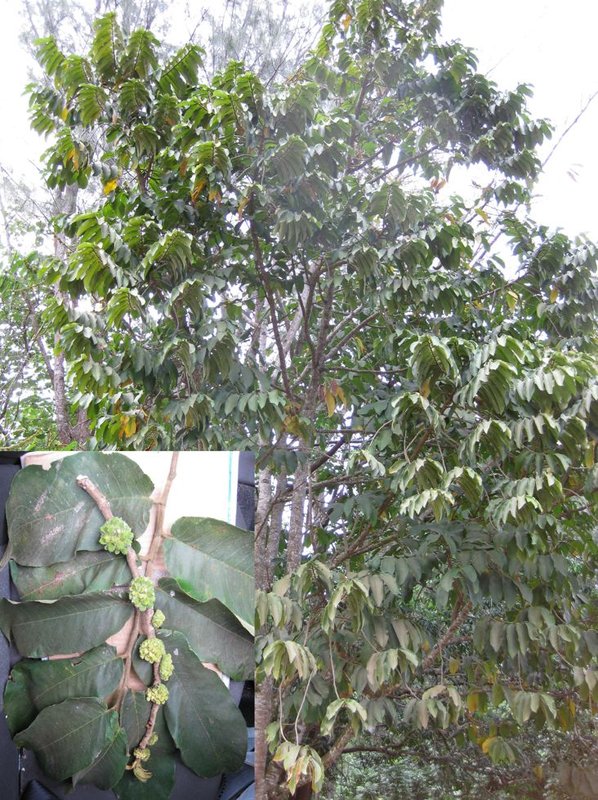
Castilla elastica plant

Some of the many discovered ancient colossal stone heads of the Olmecs:

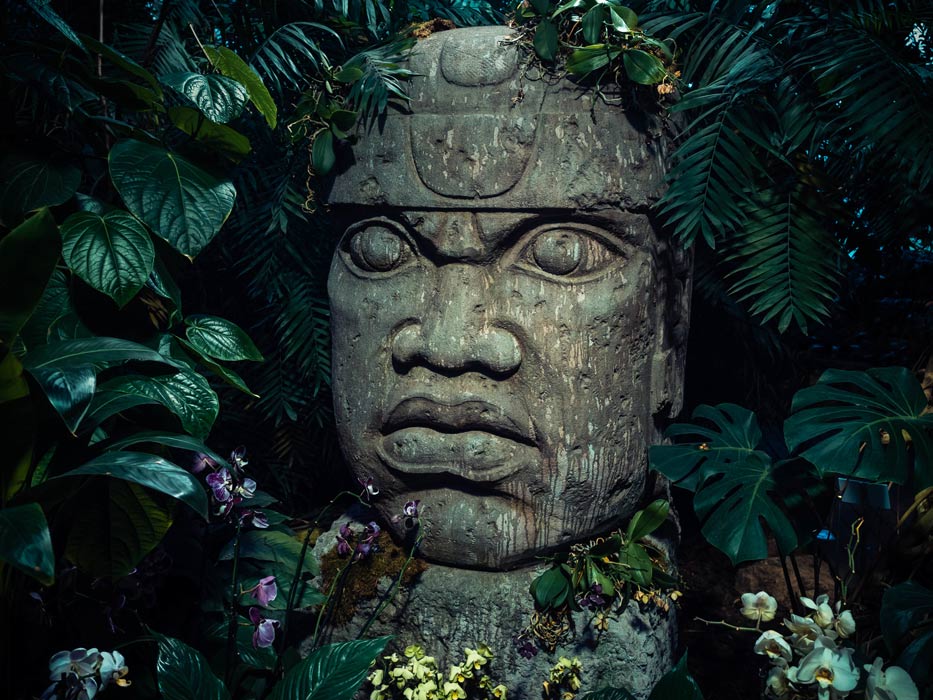
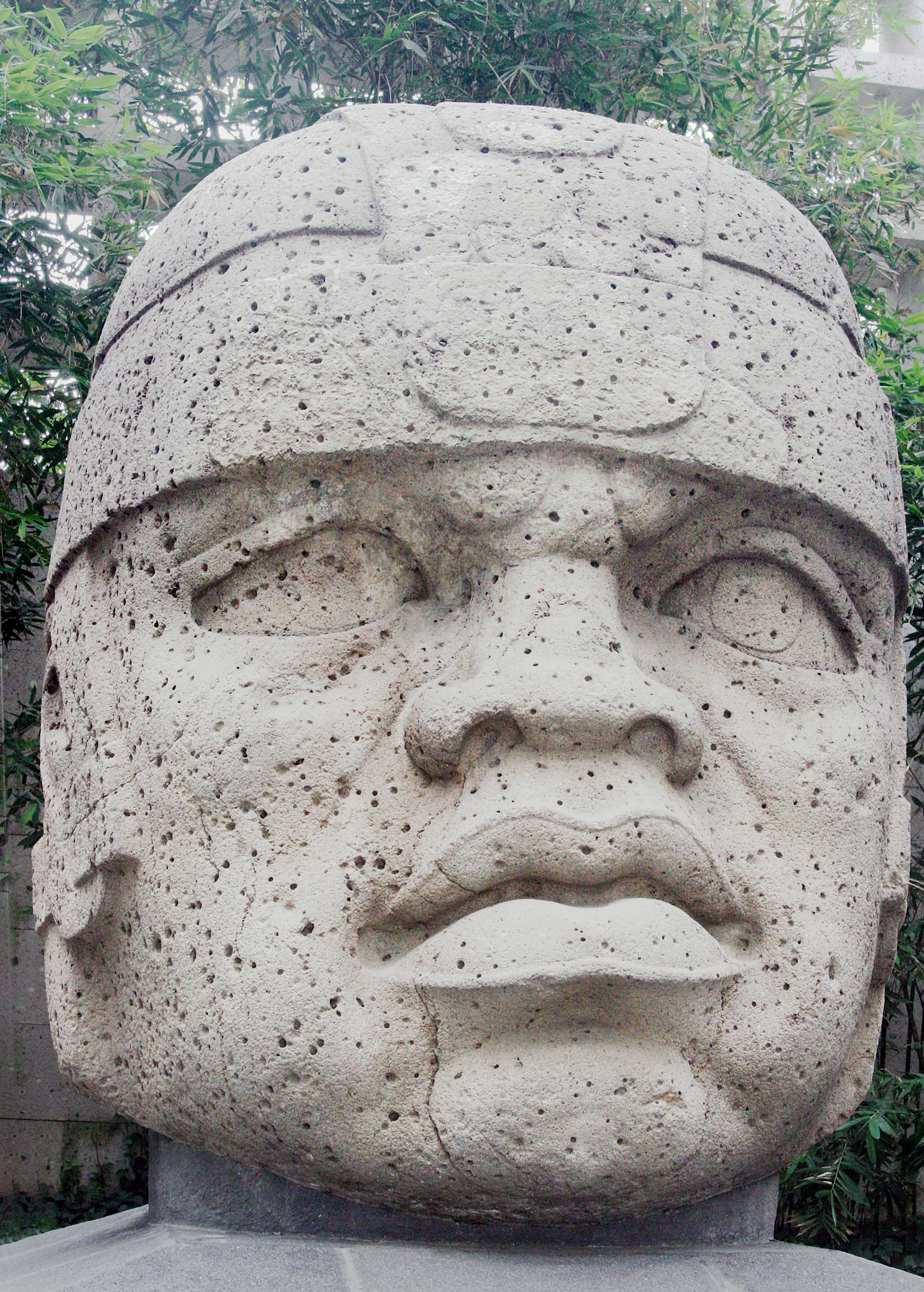
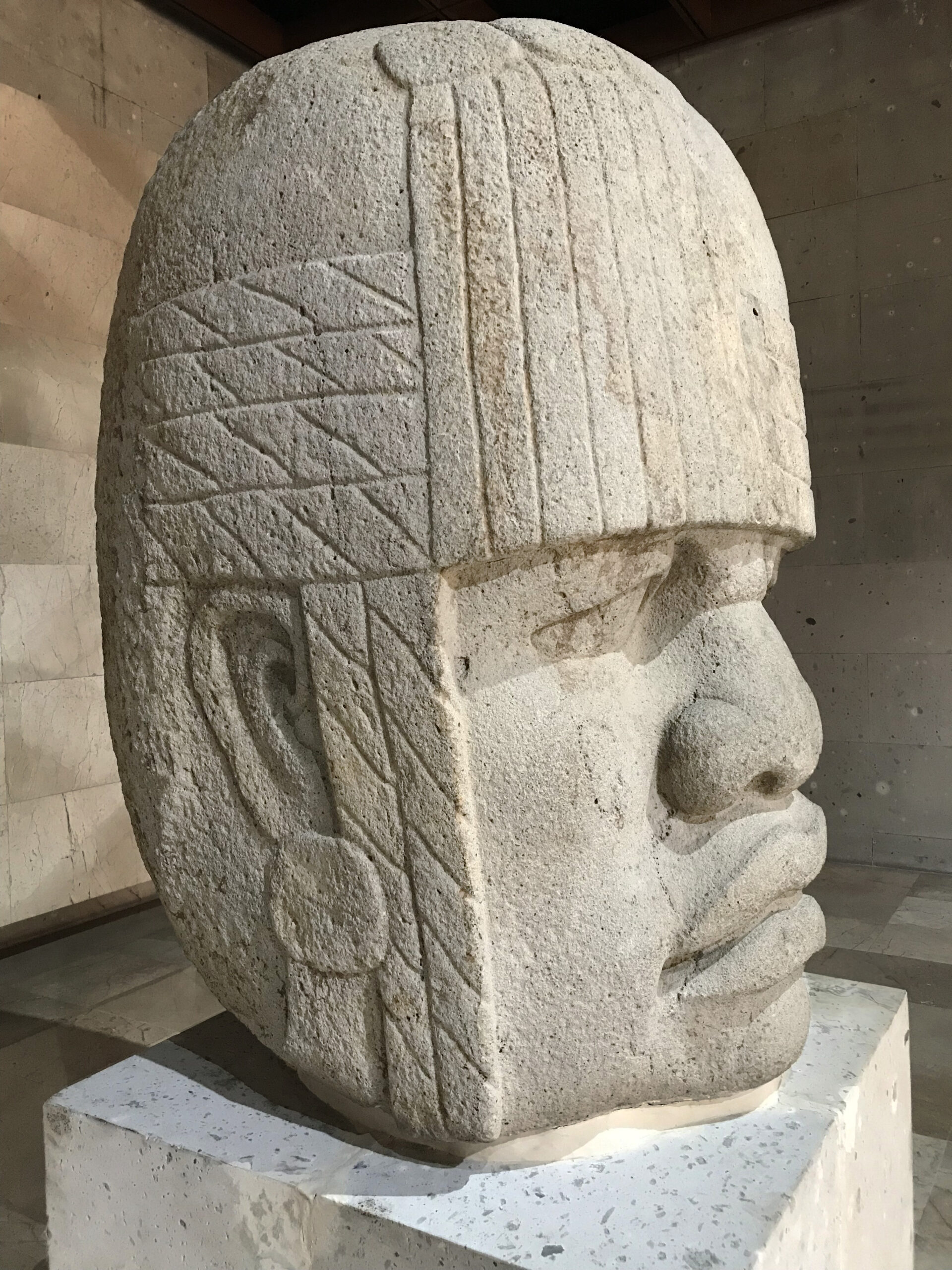
 https://www.youtube.com/shorts/sm_ale0-_j0
https://www.youtube.com/shorts/sm_ale0-_j0
Is this the early Olmec national dance?







